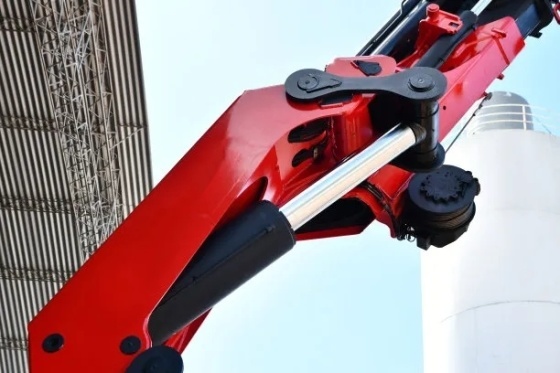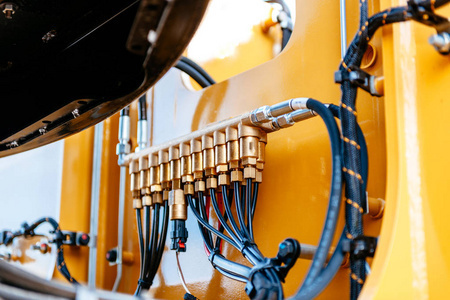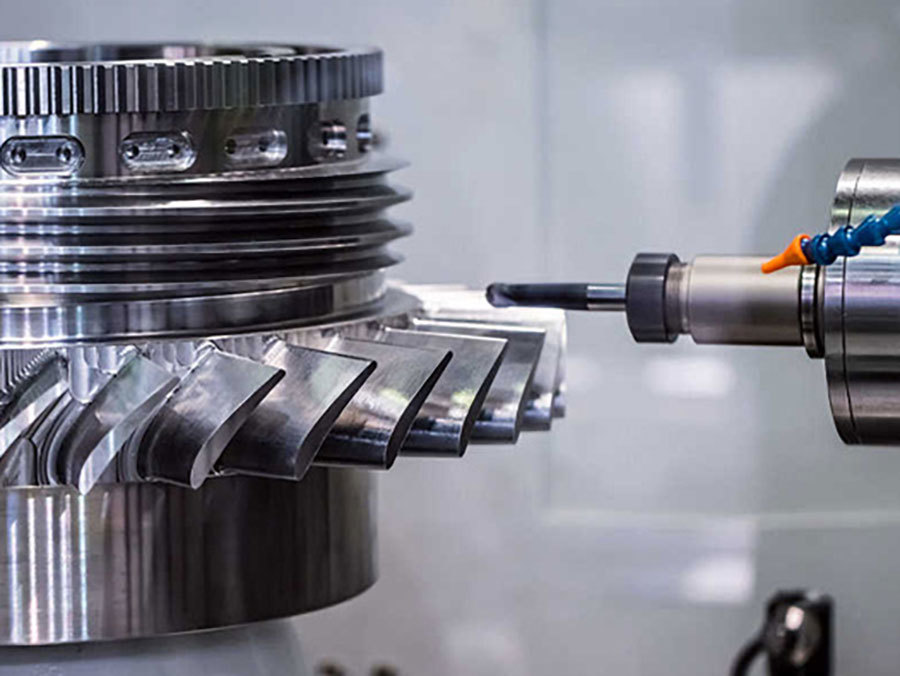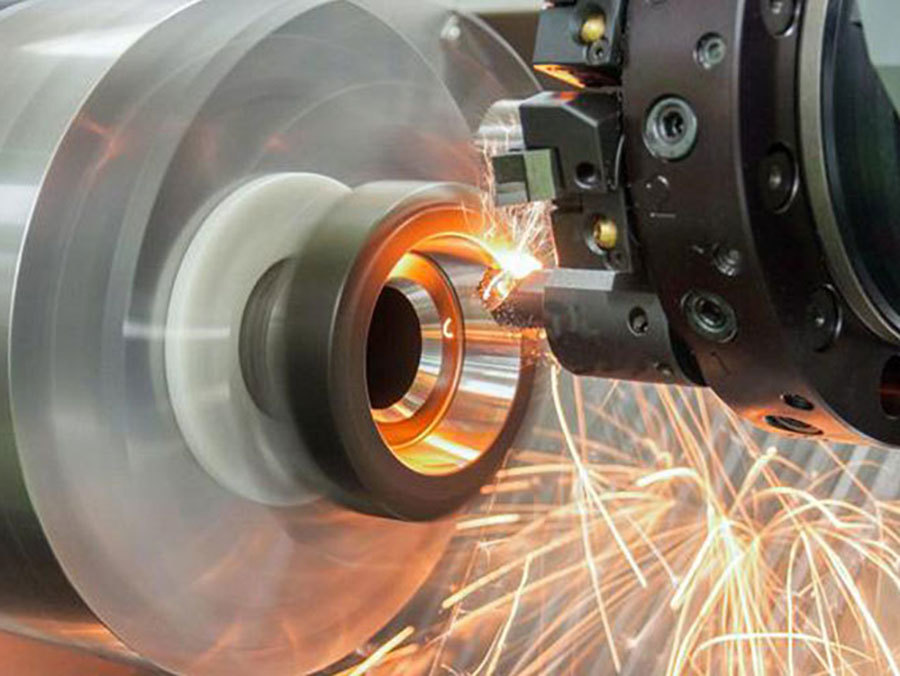How to Prevent Oil Leakage in Hydraulic System
Release time:
Aug 23,2024
The selection of seals is a meticulous and critical process, which must be determined strictly according to the actual working conditions. These conditions include, but are not limited to, the magnitude of the operating pressure, the temperature range of the operating environment, the chemical nature of the medium in contact, the form of motion (e. g., stationary, rotating, or reciprocating motion), and the speed of motion. Each factor has a direct impact on the performance of the seal, so choosing the right type of seal is critical.
Taking O-ring as an example, this kind of seal has been widely used in static and rotating sealing occasions because of its simple structure, convenient installation and reliable sealing effect. It can effectively prevent the leakage of fluid or gas and ensure the stable operation of the system. However, in the face of extreme conditions such as high temperature, high pressure or corrosive media, it may be necessary to consider the use of higher performance sealing materials or specially designed O-rings to meet the requirements.
The Y-ring, on the other hand, is known for its excellent wear resistance and is particularly suitable for reciprocating sealing scenarios. In the reciprocating motion, the seal needs to withstand frequent friction and extrusion, which is easy to cause wear and leakage. Through its unique design, the Y-ring can maintain stable sealing performance under such harsh conditions and extend its service life.
When receiving the seal, must maintain a high degree of responsibility and meticulous attitude. First of all, carefully check the factory time of the seal to ensure that it is within the validity period to avoid performance degradation caused by long storage time. Secondly, it is necessary to carefully check whether the seal has signs of deformation, aging, etc., which will seriously affect its sealing effect. In addition, it is also necessary to check whether the size of the seal is qualified to ensure its matching degree with the installation position, so as to avoid installation difficulties or lax sealing caused by inconsistent size.
In short, the selection and collection of seals is a work that requires rigorous treatment. Only by fully considering the actual working conditions, selecting the appropriate type of seal, and carefully checking the performance indicators when receiving, can the reliability and stability of the sealing system be ensured and provide a strong guarantee for the normal operation of the equipment.






